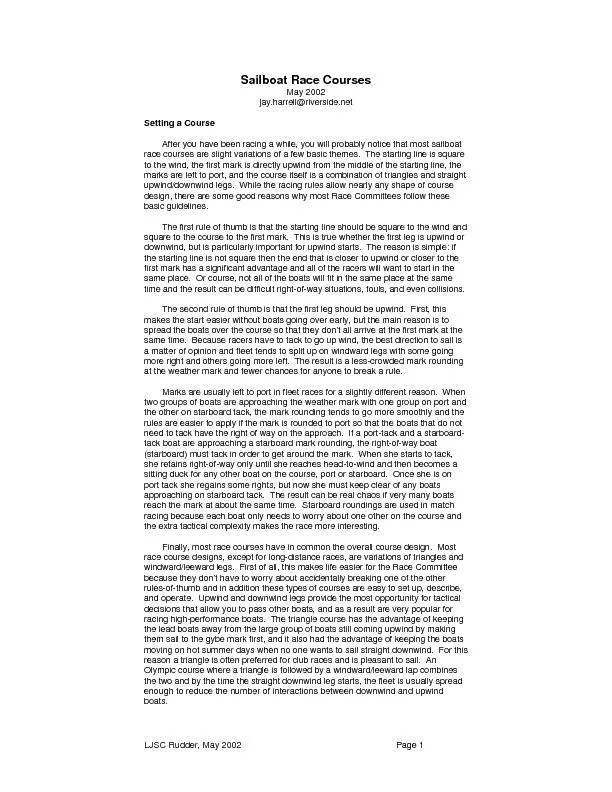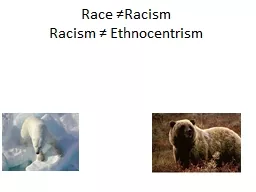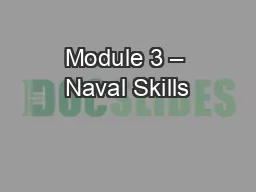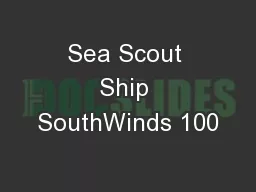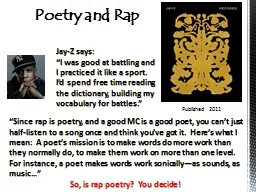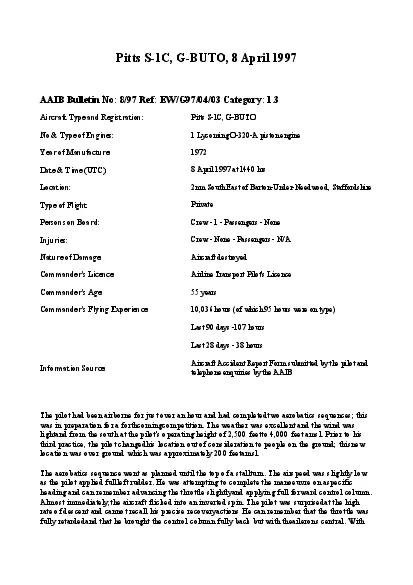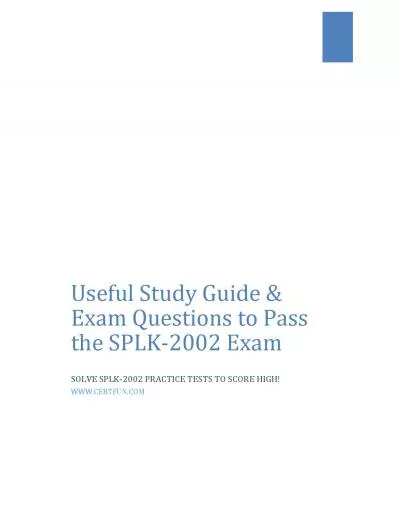PDF-LJSC Rudder, May 2002 Page 1 Sailboat Race Courses May 2002 jay.ha
Author : conchita-marotz | Published Date : 2016-07-17
LJSC Rudder May 2002 Page 2 Race Course Diagrams Triangle W Olympic Taxonomy of a Race Course When racers get together after the race they need a common language
Presentation Embed Code
Download Presentation
Download Presentation The PPT/PDF document "LJSC Rudder, May 2002 Page 1 Sailboa..." is the property of its rightful owner. Permission is granted to download and print the materials on this website for personal, non-commercial use only, and to display it on your personal computer provided you do not modify the materials and that you retain all copyright notices contained in the materials. By downloading content from our website, you accept the terms of this agreement.
LJSC Rudder, May 2002 Page 1 Sailboat Race Courses May 2002 jay.ha: Transcript
Download Rules Of Document
"LJSC Rudder, May 2002 Page 1 Sailboat Race Courses May 2002 jay.ha"The content belongs to its owner. You may download and print it for personal use, without modification, and keep all copyright notices. By downloading, you agree to these terms.
Related Documents

